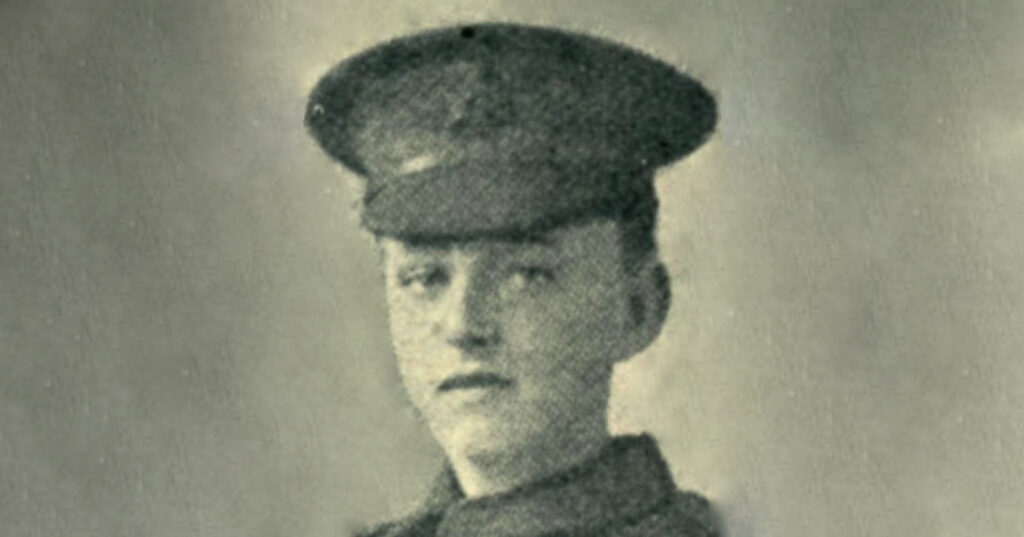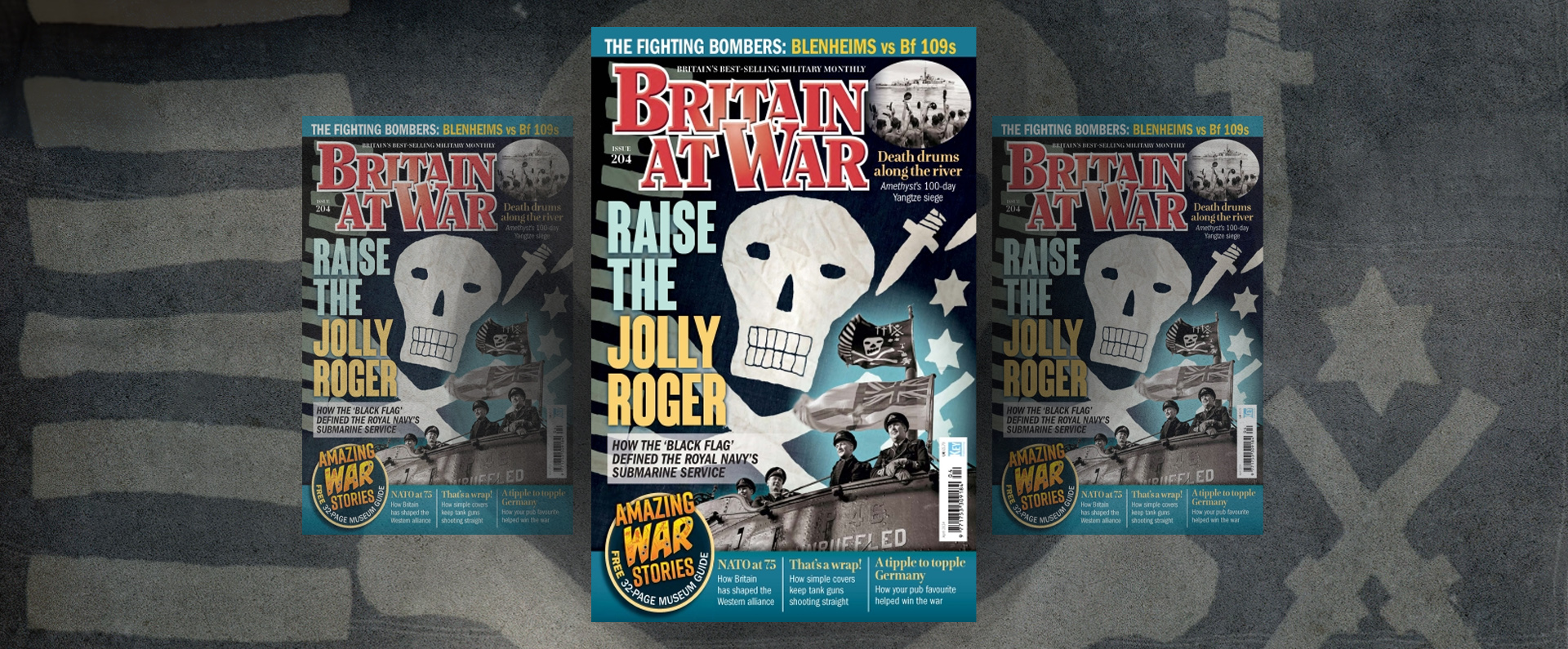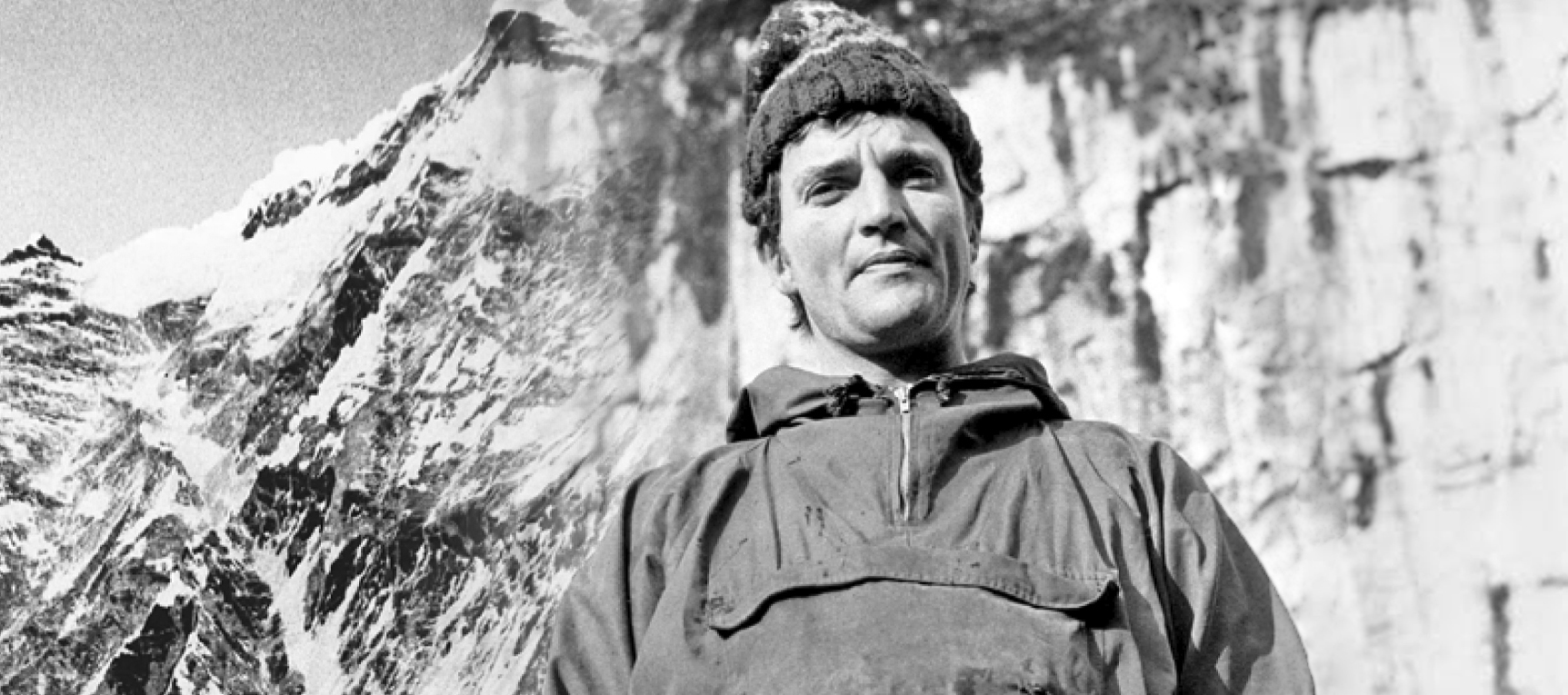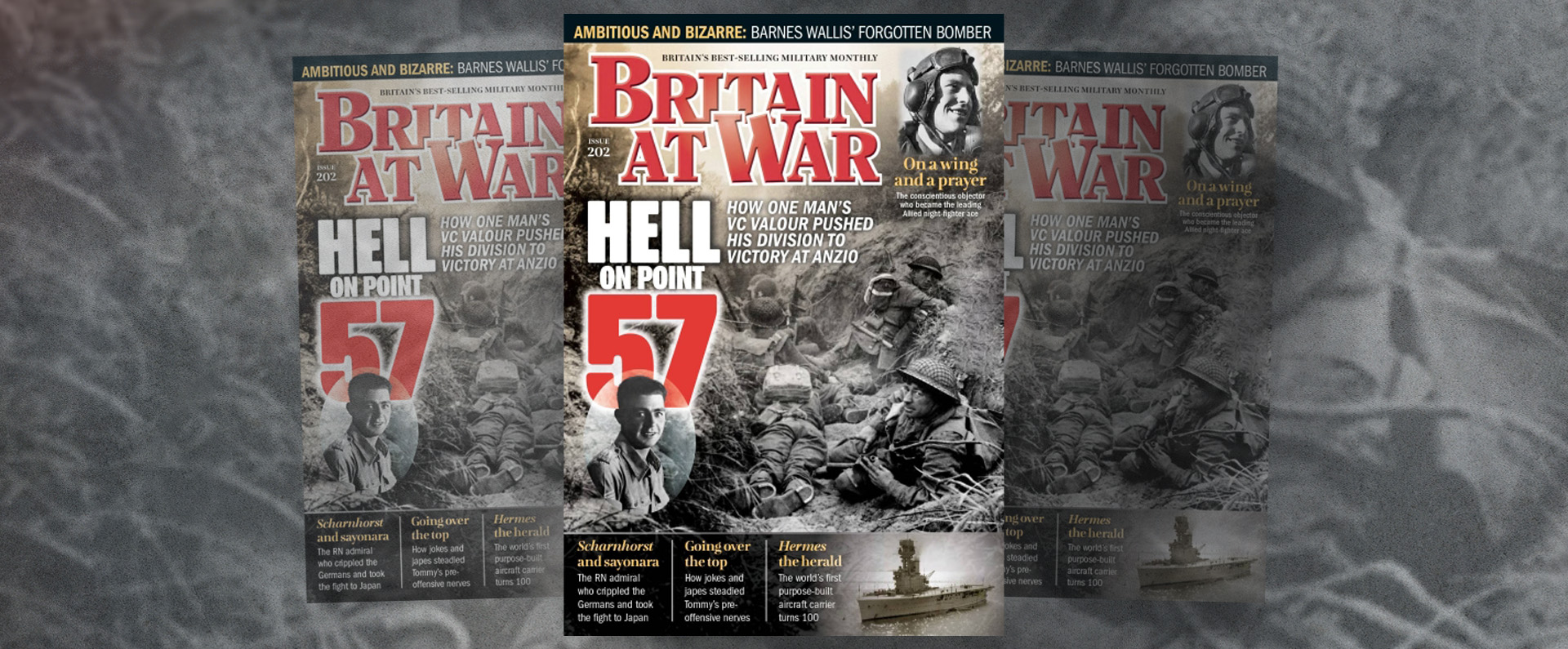
Published in the Sunday Telegraph on 01 June 2014.
George Stanley Peachment – ‘No man could have been braver…’
The Imperial War Museums made an extraordinary revelation last year as commemorations began to mark the 100th anniversary of the start of the Great War. It was disclosed that the youngest authenticated combatant of the conflict was a 12-year-old boy who went on to fight at the Somme. In fact, Private Sidney Lewis was only 12 years and five months when he enlisted in August, 1915, into the East Surrey Regiment.
This disclosure was quite exceptional but thousands of boys in their teens, like Lewis, lied about their age in order to enlist because, with many predicting a short conflict, they did not want to miss out on fighting for their country. Many had little or no idea of the horrors that they would encounter. Away from the protection and support of their families, many teenagers who served during the Great War were looking for a father figure to guide them. Some built up close relationships with the officers who commanded them, particularly their immediate company commanders, and this, in turn, often inspired immense loyalty on both sides.
George Peachment was not the youngest man to be awarded the Victoria Cross (VC): that honour is shared by Andrew Fitzgibbon and Thomas Flinn, who were both just 15 years and three months old when they respectively showed great bravery in China in 1860 and India in 1857. The exact day on which Flinn was born is not known, only the month, so it cannot be determined whether he was a few days older or younger than Fitzgibbon. Nevertheless, Peachment remains among the youngest to receive Britain and the Commonwealth’s most prestigious gallantry award during the First World War, and his devotion to his company commander, Captain Guy Dubs, after the officer had been seriously wounded, was truly remarkable.
Peachment, a barber’s son, was born near Bury, Lancashire, on May 5, 1897. After schooling, he became an apprentice fitter at Ashworth & Parker, and later at a second Bury firm, JH Riley. On April 19, 1915, he enlisted into the 5th Battalion, King’s Royal Rifle Corps, falsely giving his age as 19 years and one month (he was only 17 years and 11 months old). Peachment wore his father’s bowler hat to make himself look older than he was (a soldier had to be 19 to serve overseas). His military career got off to an inauspicious start when he went absent from 7.30pm on July 2, 1915, until 8.10am on July 5, for which he was fined seven days’ pay. Peachment then transferred into the 2nd Battalion, King’s Royal Rifle Corps upon being posted to France on July 27, 1915.
On September 19, 1915, and now aged 18 years and four months, he was confined to barracks for three days for having a dirty bayonet while on parade. Yet six days later he found himself in the thick of the action on the opening day of the Battle of Loos, the largest British offensive mounted on the Western Front during 1915.
The battle had begun in earnest at 6.34am on September 25, although by then there had already been a four-day artillery barrage of the German front line to “soften up” the enemy. However, it was also the first attack in which the British decided to employ poison gas and things did not go according to plan.
On the day there was little wind and the gas cloud, released from canisters in the British lines, remained static, hanging over the British trenches instead of drifting towards the Germans. When the men of the 2nd Battalion King’s Royal Rifles and 1st Battalion Loyal North Lancs came to advance, they were forced to go into their own gas. As a result they were soon choking and coughing in no-man’s-land.
Almost immediately, two enemy machine guns which had somehow escaped damage during the artillery bombardment took a terrible toll on the advancing British soldiers. A few Tommies managed to reach the enemy’s barbed-wire defences but were soon cut down by heavy fire. Unsurprisingly, the attack faltered and soldiers were forced to take cover in shell holes and natural hollows.
At 7.30am, those few who had survived began to straggle back to their trenches although young George Peachment was not among them. Showing great bravery, instead he went to the aid of his officer who had been seriously wounded.
In the event, Dubs survived his injuries and later wrote two moving but clearly guilt-ridden letters to Peachment’s mother, Mary, spelling out how courageous her son had been both in battle and in death as he struggled to tend Dubs’s wounds.
Both letters are now held in my collection at the IWM. In the first, written only a month after the battle, Dubs explained: “I cannot tell you how sorry I am that your brave son was killed, but I hope it may be some little consolation to you to know how bravely he behaved and how he met his end…
“When we reached the [barbed] wire we found it absolutely untouched by our artillery fire and an almost impassable obstacle as a result. However, we had to push on, and I gave the order to try to get through and over it. Your son followed me over the wire and advanced with me about 20 yards through it till we were only about 15 yards from the German trench.
“None of the other men of the line was able to get as far and he was the only man with me. As a matter of fact I had not noticed your son was with me, but at this point a bomb hit me in the eye, blowing it and part of my face away. I fell to the ground, but on sitting up, found your son kneeling beside me. The German fire was at this time very intense, but your son was perfectly cool.
“He asked me for my field dressing and started bandaging my head quite oblivious to the fire. His first thought was to help me, and though there was a shell hole nearby where he might have got cover, he never thought of doing so. Of course the Germans were bound to see us sitting up, and one of them threw a bomb which hit your son in the chest while at the same time I received a bullet also in the chest.
“Your son was beyond feeling any pain, though still alive. I tried to drag him into the shell hole and at the same time keep him from moving, but at that moment a bullet hit him in the head and killed him. After his first wound he was bound to die, in fact he was already, immediately after he received it, unconscious to any pain. I lay beside him there all day, and eventually we were both picked up in the late afternoon when the trench was taken by a flank attack.
“I can’t tell you how much I admired your son’s bravery and pluck. He lost his life in trying to help me and no man could have been braver than he was… I have recommended him for the VC and have heard that the Commanding Officer has seen the recommendation.
“If he gets it, it is sad to think he is not in this world to receive all the congratulations he would get, but perhaps it may be a comfort to you… Your son died the finest death that man can die, he showed the greatest gallantry a man can show; and I hope these facts may help you in your sad loss, together with the fact that he was spared all pain and suffering.”
The recommendation by Dubs for Peachment’s VC was approved and the London Gazette detailed the baby-faced rifleman’s courage when publishing his citation on November 18, 1915: “During very heavy fighting, when our front line was compelled to retire in order to reorganise, Pte. Peachment, seeing his Company Commander, Capt Dubs, lying wounded, crawled to assist him. The enemy’s fire was intense, but, though there was a shell hole quite close, in which a few men had taken cover, Pte Peachment never thought of saving himself.
“He knelt in the open by his officer and tried to help him, but while doing this he was first wounded by a bomb and a minute later mortally wounded by a rifle bullet. He was one of the youngest men in his battalion, and gave this splendid example of courage and self-sacrifice.”
Three days after the announcement Dubs told Mrs Peachment in his second letter that he had made George his orderly just before the battle in an attempt to prevent him having to go over the top. He was unsuccessful and confessed: “I am afraid I feel very responsible for his death, because I might have sent him home a short time before when I found out his age, only he was so keen to stay.”
Peachment’s posthumous VC was presented to his mother by George V at Buckingham Palace on November 29, 1916. His body was never recovered but he is commemorated on the Loos Memorial, alongside the names of more than 20,000 British and Commonwealth soldiers who died during the battle.
I bought Peachment’s gallantry and service medals at auction in 1996, 10 years after buying my first VC. In October 2006, the residents of Bury honoured their “forgotten soldier” at a ceremony to unveil a plaque commemorating the life of Peachment, the only Bury serviceman to be awarded the VC. I was approached by Alistair Burt, then Conservative MP for Bury North, and asked if I would allow Peachment’s VC to be brought to the service.
I readily agreed and was later delighted to read a report in the Bury Times that the event at St Anne’s Church, Tottington, Bury, had been a success. The bronze plaque that was unveiled had originally been installed at Park Hills United Methodist Free Church but was later found in the back room of the Lancashire Fusiliers Museum.
The Rev Hugh Bearne, vicar of St Anne’s Church, told his local paper: “No one knew we had the VC and you could cut the atmosphere with a knife when the procession entered the church. When we played the traditional sunset hymn for the Army, there was not a dry eye in the church. We are proud and honoured to have this monument in our church.”
Download a PDF of the original Sunday Telegraph supplement
For more information, visit:
LordAshcroftOnBravery.com


